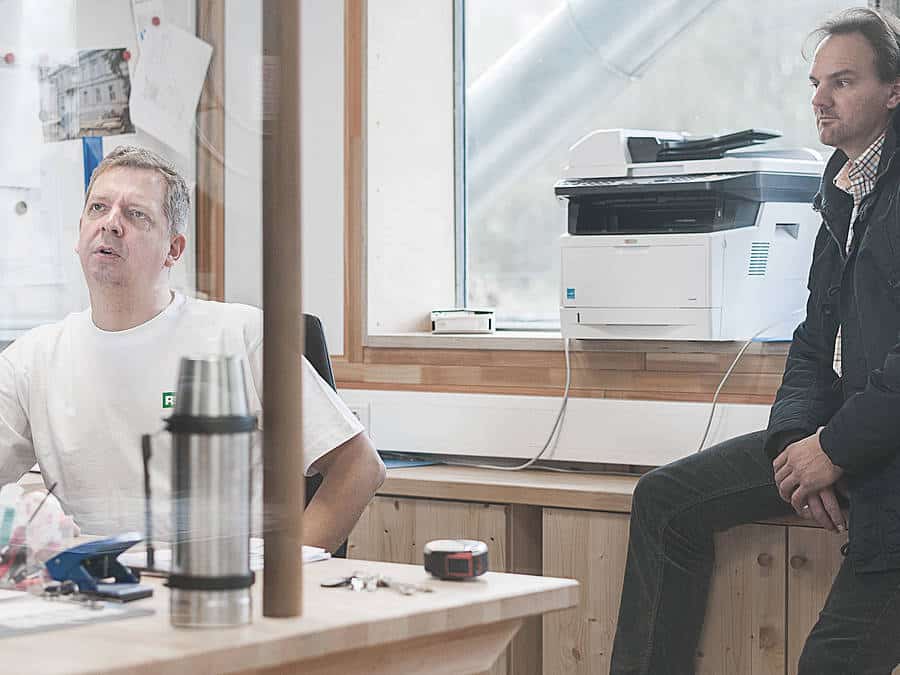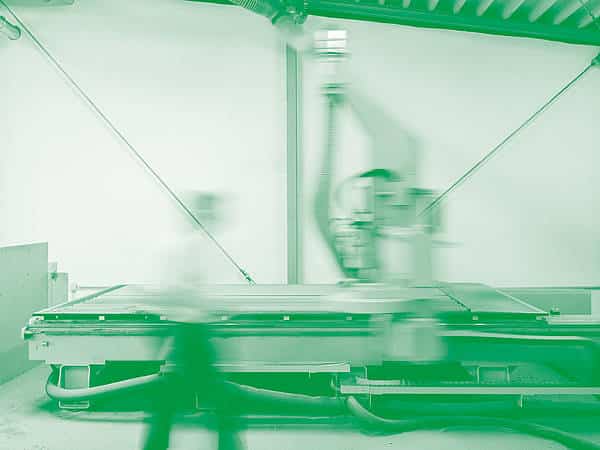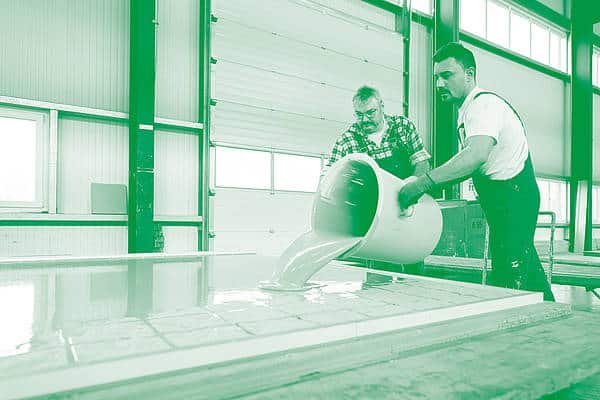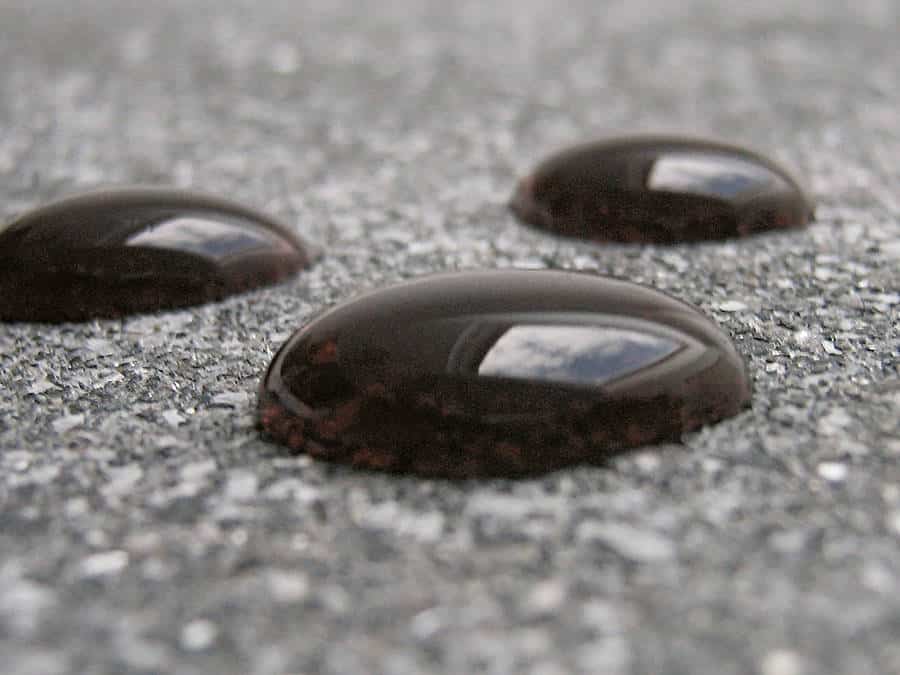
Stories
Special requests are welcome
In terms of individual design requirements, our team for mould and model-making shows great enthusiasm and gets going. Our formliners are based on models that are constructed by means of the interplay between traditional crafting and advanced technologies. So, let us take a look in our workshop.

In the beginning, there is merely the smell of wood and glue. Next, our gaze falls upon the workbenches. Finally, we can hear the roaring of the milling machine. In the midst of RECKLI’s factory site is our in-house mould and model workshop. Here, the focus is on wood instead of rubber and concrete since no formliner can be manufactured without a corresponding model.
“We have a fully furnished joinery and employ carpenters, joiners and model-makers”, Volker Urmoneit explains. Together with Sven Kosjak, he is responsible for the model-making-process. Kosjak discusses the design ideas with the architects, prepares the drawings and estimates the required time needed and the workload with Urmoneit. “Our customers are often surprised about all the possibilities that we can offer”, Kosjak says, “Writings don’t have to be milled centimeter-deep anymore. 5 to 10 millimeters are more than already enough to create an outstanding visual effect.” No matter whether writing, ornaments, emblems or self-devised structures with a knack for detail, the team can realize every wish the customer can think of.

Kosjak hands the drawings over to Urmoneit as soon as the idea is developed. During the first step automated technology is used: the state-of-the-art CNC milling machine mills the model into the panel material. For simple patterns, MDF panels like the ones that can be bought at a DIY store can be used. More detailed and delicate structures demand the use of CDF panels that contain more resin. This ensures that corners and edges do not crack. Protected by a light barrier, the CNC-milling machine can take up to 8 hours to mill the pattern into the wood, at which time the result is transferred onto the panel material.
Subsequently, the model needs to be smoothed to eliminate the traces of the CNC-milling machine which are visible to the naked eye. The elastomers used for the formwork depict every bump. Edges, surfaces, joints, and gaps are eliminated. The work required is directly related to the detail desired. Some models are composed from several pieces and must be glued together precisely to ensure that no gaps or joints are later visible in the formliner.

The finished model is then presented to the customer who is usually invited into the manufacturing facility. Urmoneit often experiences the customers’ surprise when faced with the models’ richness of detail. “You can literally see how they realize how much craftsmanship goes into our models”, he explains proudly. After the last details have been discussed with the customer, the manufacturing process enters into its last step. Final change requests are realized. The finished model is sprayed with a coating in an adjacent lacquering chamber to seal off and smooth the surface.
The positive model is then equipped with a casting frame and transported into the production hall where the formliner is to be produced. This happens by pouring liquid elastomers over the positive model which has been treated with mold wax to facilitate removal. After the formliner has hardened, it can be used for either pre-fabricated elements or in-situ. The formliner is placed in the formwork and filled with concrete. Its high degree of elasticity allows for a detailed reproduction of the pattern and easy striking in the case of a precast project. In the case of in-situ production, the concrete is thoroughly vibrated to assure the full filling of the liner.
Photography: J. Konrad Schmidt

